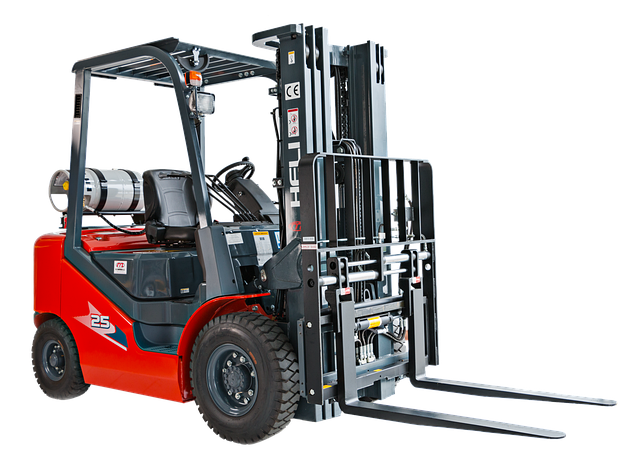Safety Practices Every Warehouse Worker Should Know
In the fast-paced environment of warehouse jobs, safety is paramount for both workers and employers. This article will outline essential safety practices that every warehouse worker should be familiar with, including proper lifting techniques, the importance of personal protective equipment (PPE), and emergency protocols. By prioritizing safety, workers can reduce the risk of accidents and injuries, ensuring a more productive and secure workplace.

What personal protective equipment is essential for warehouse workers?
Personal protective equipment (PPE) is the first line of defense against workplace hazards. Warehouse workers should always wear appropriate safety gear, including:
-
Steel-toed boots to protect feet from falling objects
-
Hard hats in areas with overhead hazards
-
High-visibility vests or clothing to ensure visibility in busy areas
-
Safety glasses to shield eyes from debris
-
Gloves to protect hands during material handling
Proper use and maintenance of PPE are crucial. Workers should inspect their equipment regularly and replace any damaged items immediately.
How can proper lifting techniques prevent injuries in warehouse jobs?
Lifting heavy objects is a common task in warehouse jobs, and using proper techniques is vital to prevent musculoskeletal injuries. Workers should follow these guidelines:
-
Assess the weight of the object before attempting to lift it
-
Keep the load close to the body
-
Bend at the knees, not the waist
-
Lift with the legs, not the back
-
Avoid twisting while lifting or carrying objects
Employers should provide training on proper lifting techniques and encourage the use of mechanical aids like forklifts or pallet jacks for heavier loads.
What are the best practices for operating warehouse machinery safely?
Many warehouse jobs involve operating machinery such as forklifts, pallet jacks, and conveyor systems. To ensure safe operation:
-
Only operate machinery you are trained and certified to use
-
Perform pre-operation checks on equipment before each use
-
Follow designated traffic lanes and speed limits
-
Be aware of pedestrians and other vehicles in the area
-
Never use machinery while under the influence of drugs or alcohol
-
Report any equipment malfunctions immediately
Regular maintenance and inspections of warehouse machinery are essential to prevent accidents and ensure optimal performance.
How can warehouse workers maintain a clean and organized workspace?
A tidy warehouse is a safer warehouse. Workers should contribute to maintaining a clean and organized environment by:
-
Keeping aisles and walkways clear of obstructions
-
Properly storing materials and equipment when not in use
-
Cleaning up spills immediately to prevent slips and falls
-
Disposing of waste in designated areas
-
Reporting any hazards or unsafe conditions to supervisors
By maintaining a clean workspace, workers can reduce the risk of accidents and improve overall efficiency in warehouse operations.
What emergency procedures should warehouse employees be familiar with?
Knowledge of emergency procedures is crucial for warehouse workers. Employees should be well-versed in:
-
The location of fire extinguishers and how to use them
-
Evacuation routes and assembly points
-
First aid kit locations and basic first aid procedures
-
Emergency contact numbers and reporting protocols
-
Procedures for handling hazardous material spills
Regular drills and training sessions can help ensure that all workers are prepared to respond effectively in case of an emergency.
How do ergonomics play a role in warehouse safety?
Ergonomics is an important aspect of warehouse safety, particularly for jobs that involve repetitive motions or prolonged periods in specific postures. Workers can reduce the risk of repetitive strain injuries by:
-
Using adjustable workstations to maintain proper posture
-
Taking regular breaks to stretch and change positions
-
Alternating tasks to avoid prolonged repetitive motions
-
Using ergonomically designed tools and equipment when available
-
Reporting any discomfort or pain to supervisors early on
Employers should provide ergonomics training and assess workstations to ensure they are set up to minimize the risk of injuries.
Safety in warehouse jobs requires a combination of proper training, vigilance, and commitment from both employers and employees. By following these safety practices, warehouse workers can significantly reduce the risk of accidents and injuries, creating a more secure and productive work environment. Remember, safety is not just a set of rules to follow, but a mindset that should be integrated into every aspect of warehouse operations.




